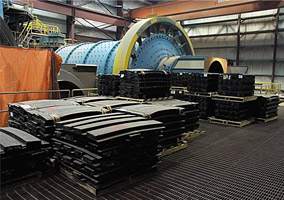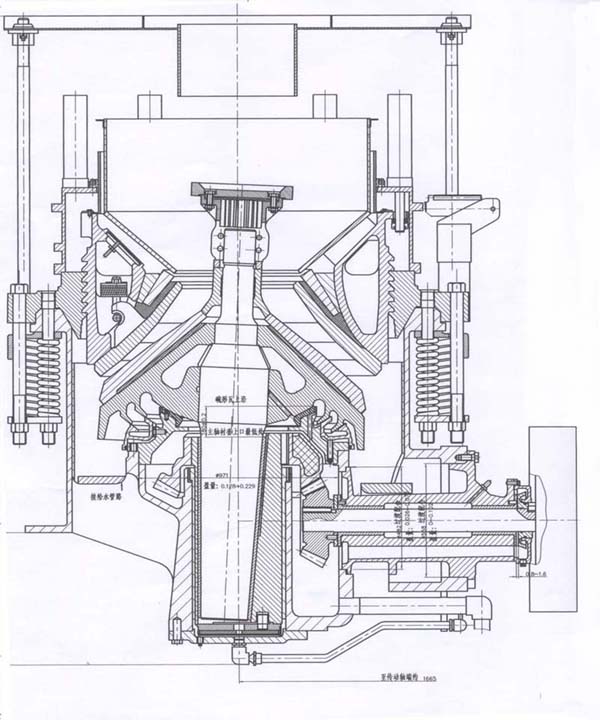Evaluating and evaluation at the foundry
Cast steel is a ferrous alloy with a maximum carbon material of around 0.75%. Steel spreadings are solid metal objects produced by filling up the void within a mold with liquid steel. They are readily available in a lot of the very same carbon and also alloy steels that can be produced as functioned metals. Mechanical properties for cast steel are typically less than functioned steels, yet with the very same chemical structure. Cast steel makes up for this disadvantage with its capability to develop complicated forms in less steps.
Steel castings in a foundry
Steel spreadings are strong steel objects generated by filling deep space within a mold and mildew with fluid steel
Residence of cast steel.
Cast steels can be produced with a wide variety of residential properties. The physical residential or commercial properties of cast steel modification dramatically depending on chemical structure and also heat therapy. They are picked to match efficiency demands of the designated application.
Solidity

The capability of a material to hold up against abrasion. Carbon material figures out the maximum solidity available in steel, or hardenability.
Strength
The amount of force essential to deform a material. Greater carbon web content and firmness lead to steel with higher stamina.
Ductility
The ability of a metal to flaw under tensile anxiety. Lower carbon web content and less solidity result in steel with greater ductility.
Strength
The capacity to stand up to stress and anxiety. Increased ductility is typically related to far better strength. Sturdiness can be readjusted with the addition of alloying steels and heat therapy.
Wear resistance
The resistance of a product to rubbing as well as use. Cast steel displays comparable wear resistance to that of wrought steels of comparable make-up. The enhancement of alloying elements such as molybdenum as well as chromium can raise use resistance
Rust resistance.
The resistance of a material against oxidization as well as rust. Cast steel displays similar deterioration resistance to that of functioned steel. High-alloy steels with elevated degrees of chromium and also nickel are extremely oxidation resistant.
Machinability
The ease at which a steel casting can alter shape by getting rid of product via machining (cutting, grinding, or drilling). Machinability is affected by solidity, toughness, thermal conductivity, as well as thermal expansion.
Weldability
The capacity of a steel casting to be bonded without issues. Weldability is mainly based on the steel casting's chemical structure and also warm therapy.
High-temperature residential properties
Steels operating at temperatures over ambient undergo degraded mechanical homes as well as very early failure as a result of oxidation, hydrogen damages, sulfite scaling, as well as carbide instability.
Low-temperature residential properties
The durability of cast steel is drastically minimized at low temperature levels. Alloying and specialized warmth treatments can improve a casting's capacity to withstand lots and stresses.
Chemical composition of cast steel
The chemical structure of cast steel has a considerable bearing on efficiency residential properties and also is typically utilized to identify steel or designate conventional designations. Cast steels can be gotten into two wide categories– carbon cast steel as well as alloyed cast steel
Carbon cast steel
Like wrought steels, carbon cast steels can be identified according to their carbon web content. Reduced carbon cast steel (0.2% carbon) is fairly soft and also not readily heat-treatable. Tool carbon cast steel (0.2– 0.5% carbon) is rather harder and amenable to enhancing by heat treatment. High carbon cast steel (0.5% carbon) is utilized when optimum solidity and put on resistance are wanted.
Alloyed cast steel.
Alloyed actors steel is categorized as either reduced- or high-alloy. Low-alloy actors steel (≤ 8% alloy content) acts similarly to typical carbon steel, but with greater hardenability. High-alloy cast steel (> 8% alloy content) is created to create a particular home, such as deterioration resistance, warm resistance, or use resistance.
Usual high-alloy steels include stainless steel (> 10.5% chromium) as well as Hadfield's manganese steel (11– 15% manganese). The enhancement of chromium, which creates a passivation layer of chromium oxide when exposed to oxygen, gives stainless-steel exceptional corrosion resistance. The manganese web content in Hadfield's steel offers high stamina and resistance to abrasion upon tough working.
Cast steel grades
Steel qualities have been developed by standards companies such as ASTM International, the American Iron and Steel Institute, and also the Society of Automotive Engineers to identify steels with particular chemical make-ups and also resulting physical buildings. Foundries might create their own inner qualities of steel to fulfill customer need for certain properties or to systematize particular production grades.
The requirements for functioned steels have actually typically been www.qimingcasting.com utilized to classify various actors alloys by their major alloying aspects. However, cast steels do not necessarily comply with wrought steel compositions. The silicon as well as manganese components are often greater in cast steels compared with their wrought equivalents. In addition to their primarily higher levels of silicon as well as manganese, alloyed cast steels utilize light weight aluminum, titanium, as well as zirconium for de-oxidation during the spreading procedure. Aluminum is mostly made use of as a de-oxidizer for its effectiveness and loved one inexpensive.
Cast steel manufacturing
The practice of casting steel go back to the late 1750s, a lot behind the casting of various other steels. The high melting point of steel, as well as the lack of innovation readily available to thaw and also refine metals, delayed the advancement of a steel casting market. These difficulties were overcome by breakthroughs in heater technology.
Heating systems are refractory lined vessels that contain the "fee," which is the product to be melted, and gives power for melting. There are two heater types made use of in a modern steel shop: electric arc as well as induction.
Electric arc furnace
The electric arc furnace thaws batches of metal referred to as "warms" through an electrical arc in between graphite electrodes. The fee passes directly between the electrodes, exposing it to thermal energy from the recurring electric discharge.




